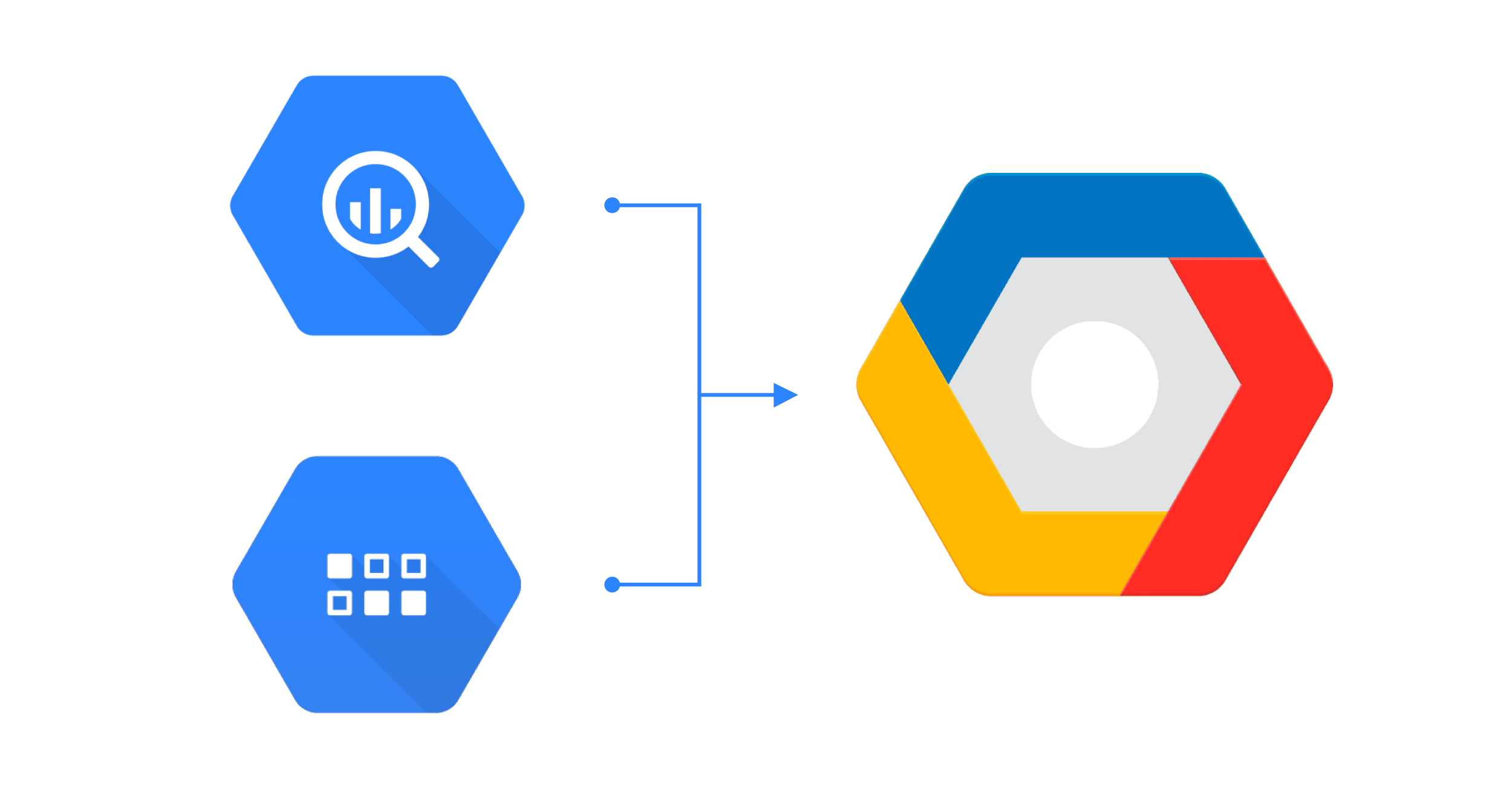5 min read
How to Blend Data in Looker Studio
Looker Studio, part of the Google Cloud suite, is a tool designed for the creation of data visualizations, allowing you to connect and analyze data...
Building an effective data governance strategy is more than just another box to check when managing your Google Cloud environment. The reality is that it can be the difference between growth and stagnation for your entire organization.
Without a clear data governance strategy, different departments in your organization might store and manage data inconsistently, leading to inaccuracies and unreliable reports. All of this can add up and result in poor decision-making and operational inefficiencies.
This guide will help you understand the importance of data governance and how it benefits your business. You'll learn about the common challenges and how to overcome them, so that your data is accurate, secure, and accessible.
Data governance is the systematic approach to managing the availability, usability, integrity, and security of data within an enterprise.
In short, it is an essential process that is anchored in internal standards and policies that control data usage, so that data is both consistent and trustworthy while preventing misuse.
When effectively implemented, data governance involves several key components. It requires a governance team that manages the program, a steering committee or council that acts as the governing body, and a group of data stewards who oversee the day-to-day management of data.
It might sound like overkill, but this multi-layered structure ensures that data management policies are not only established but also rigorously enforced.
Poor data governance can lead to data inconsistencies across various systems within your organization. For instance, customer names might be listed differently in sales, logistics, and customer service systems.
If these inconsistencies are not addressed, they can complicate your data integration efforts, causing operational problems and creating data integrity issues.
These issues can have a domino effect, impacting the accuracy of your business intelligence, enterprise reporting, and data science applications. Not to mention, data errors that go unchecked can further affect the reliability of analytics, leading to flawed business decisions.
So, what can you do?
Developing a data governance strategy is a multi-faceted endeavor that requires careful planning and coordination among various stakeholders.
At its core, a data governance strategy encompasses the creation of policies, rules, processes, organizational structures, and technologies aimed at managing data effectively.
Firstly, it is crucial to define the business objectives that the data governance strategy aims to support. This involves identifying data needs, measures, KPIs, and aligning them with the organization's broader strategic goals.
Stakeholders should consider both long-term strategic objectives and short-term tactical goals, keeping in mind that these may be influenced by external factors such as regulatory requirements and compliance needs.
The strategy should involve a range of stakeholders to ensure comprehensive coverage and buy-in. Key participants typically include senior executives who provide oversight, a governance team that manages the program, a steering committee or council that acts as the governing body, and data stewards responsible for the day-to-day management of data assets.
Factors to consider during the development phase include ensuring data quality, defining data ownership, and setting clear policies for data access and usage.
Stakeholders should watch out for potential pitfalls such as over-complicating processes, which can hinder innovation, or failing to update the governance framework to adapt to evolving business needs and regulatory changes.
Once you develop your data governance strategy, you can move onto deploying it.
To start, educating and training employees on the new data governance policies and procedures is essential. The goal is to make sure that everyone understands their role in maintaining data integrity and compliance.
Training should be tailored to different user groups, from IT professionals to business users, to ensure comprehensive understanding and adherence to the governance framework.
Next, implementing the selected technology solutions is necessary to support the governance processes.
For organizations using Google Cloud, tools like Looker and Cloud IAM can be instrumental in managing data discovery, classification, and access control. These technologies help automate and streamline governance processes, reducing the likelihood of human error and enhancing overall efficiency.
Monitoring and measuring the effectiveness of the data governance program is another critical step. Regular audits and reviews help ensure compliance with established policies and identify areas for improvement.
Metrics and KPIs should be used to track the performance of the data governance strategy and demonstrate its value to the business.
Perhaps most importantly, you should remember that data governance is not a one-time effort but an ongoing process.
Organizations must continuously iterate and improve their governance practices to adapt to changing business needs and regulatory environments. Regular updates to policies, continuous stakeholder engagement, and staying abreast of industry best practices are all things that you should give equal attention to.
Promevo is your resource for all things involving Google Cloud, and that includes your data governance strategy. If you want to get a handle on your data and start using it to its full potential, having a team of experts on hand is invaluable.
Contact us today to learn more about our approach and how we can help develop and implement the right data governance strategy for your organization.
Meet the Author
Promevo is a Google Premier Partner for Google Workspace, Google Cloud, and Google Chrome, specializing in helping businesses harness the power of Google and the opportunities of AI. From technical support and implementation to expert consulting and custom solutions like gPanel, we empower organizations to optimize operations and accelerate growth in the AI era.

5 min read
Looker Studio, part of the Google Cloud suite, is a tool designed for the creation of data visualizations, allowing you to connect and analyze data...

16 min read
Cloud technology is accelerating the rate of business. Set your business up for success with the dynamic tools the Google Cloud Platform (GCP)...

3 min read
Businesses today are constantly seeking ways to streamline their operations and maximize efficiency. One technology that has gained significant...